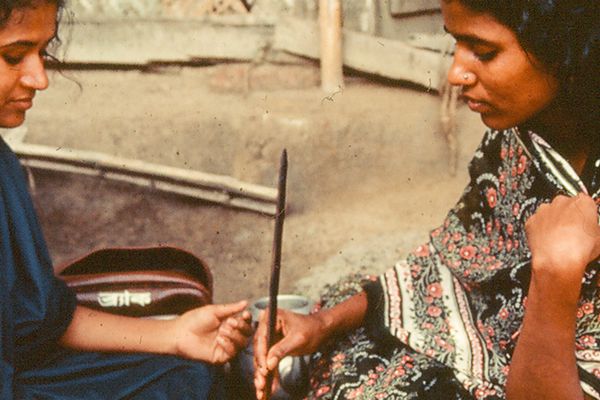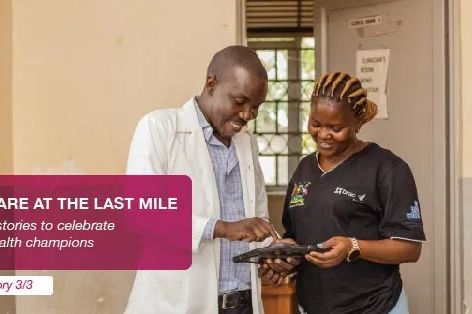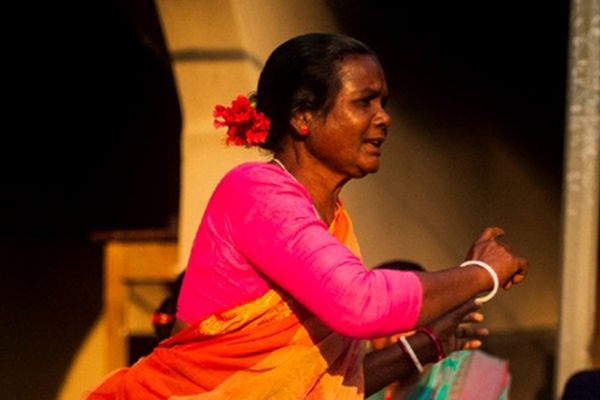In 1980, diarrhoea was the biggest childhood killer in Bangladesh.
A simple solution existed to tackle it - a rehydration mixture of water, salt, and sugar, hailed by medical journal the Lancet as ‘potentially the most important medical advance of the 20th century’. There was a problem, though - it had to be mixed carefully, and Bangladesh at that time had very few formally trained doctors or nurses, particularly in rural area.
The World Health Organization and other global health bodies said it was impossible to teach parents in rural areas to safely mix the solution. BRAC refused to believe it, saying not only that mothers would be capable, but that mothers could also be trained to teach other mothers. We spent the next decade, through a rigorous process of trial and error, proving it.
There were many challenges. Parents in rural areas did not have measuring cups. So, we taught them to measure using the family cooking pot. Some monitors misreported home visits. So, we asked them to record the name of the youngest child in the home. Some parents found it hard to remember the recipe. So, we invented a simple rhyme that included the three ingredients and their quantities - ek chimti lobon, ek muth gur aar adha sher pani (a pinch of salt, one fourfinger scoop of molasses and half a litre of water).
The decade-long campaign successfully taught over 12 million mothers to make the solution, and people across all disciplines were brought in to learn from during the process. Anthropologists taught language, when we found that the multiple terms used to describe diarrhoea across the country and the different meanings were creating confusion. Doctors taught science, when we found that some health workers recruited for the programme did not believe the mixture worked. Religious and local leaders taught working with social norms when fears arose that trainers were actually family planning workers in disguise. Men were then included as trainees, because their exclusion had led to scepticism about the message that was being promoted. We worked and learnt, constantly iterating on our approach, and the percentage of people using it right crept up, with success rates starting from 10% and eventually reaching 90%.
In 2013, reducing death from diarrhoea helped Bangladesh to become one of only eight countries to have reduced mortality rates of children under five by at least two thirds since 1990, meeting an important target of the Millennium Development Goals.
The same approach of doing while learning underpins our extensive response to the COVID-19 pandemic. The rapid spread of the virus has meant that we must adapt and implement in parallel. We have leveraged our country-wide reach, relationships and almost 50 years of frontline experience to slow the spread of the virus in the most vulnerable communities. Our response has supported the Government of Bangladesh’s work, focusing on getting services to people most in need. Our work has included initiatives such as mass awareness campaigns using loudspeakers mounted on rickshaws plying rice fields during harvesting season, reaching millions of people with door-to-door health checks and referrals to doctors and telemedicine services, and distributing millions of free masks through a coalition of partner organisations, community leaders and community volunteers.
At BRAC, we believe the most urgent goals demand the toughest accountability. We are always in communities, always learning and always using that learning to improve our work.


